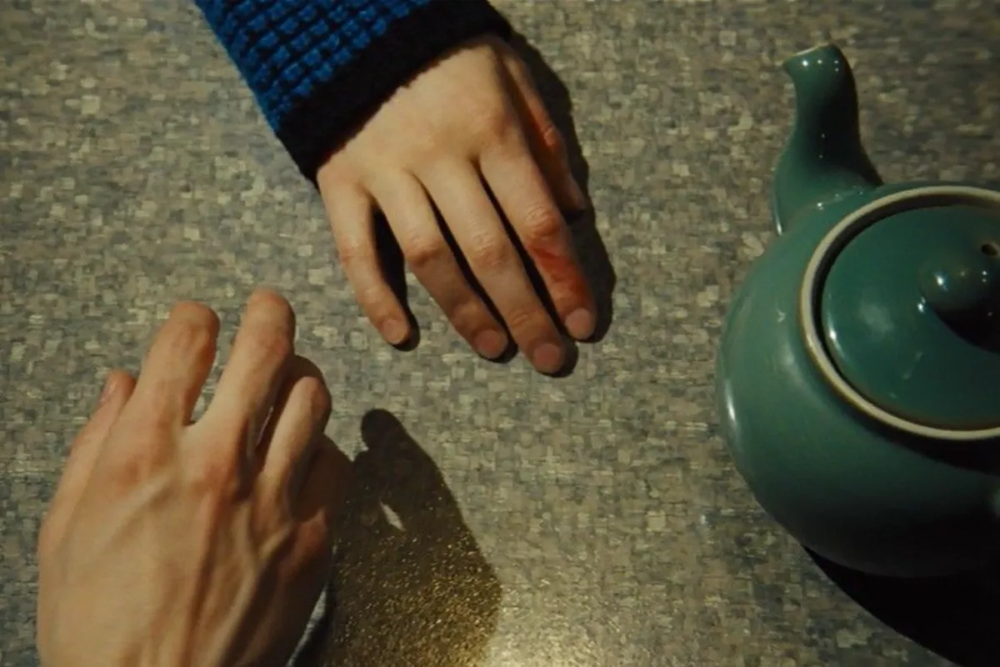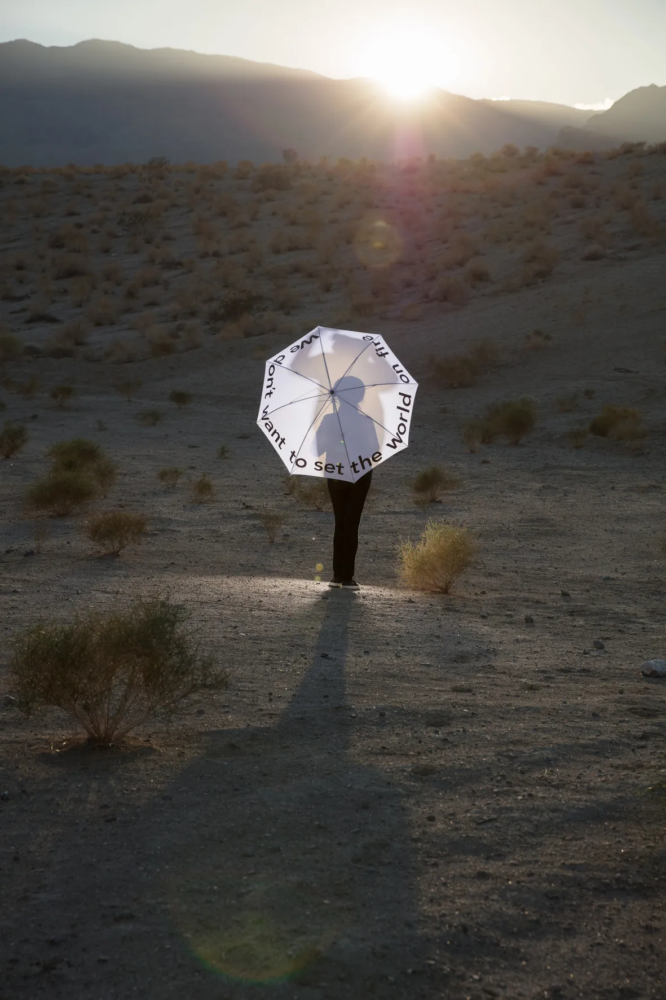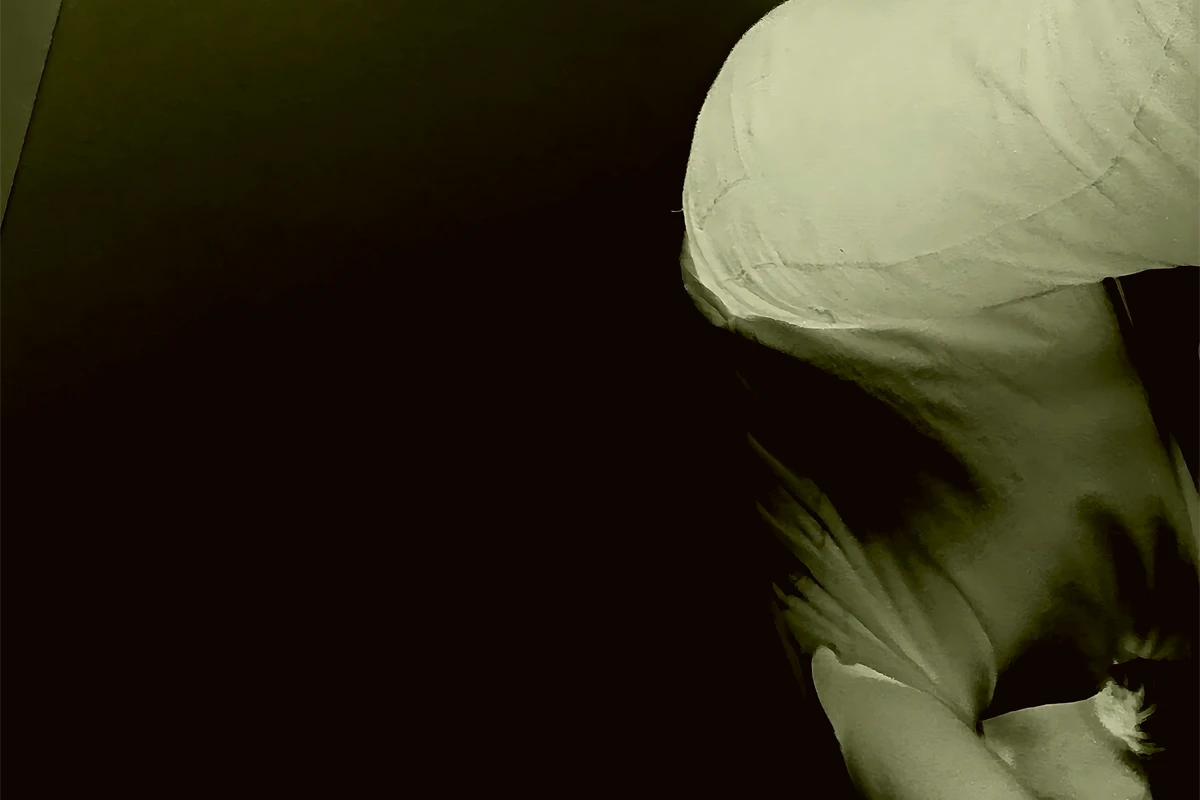
Marcell Dettmann on the cost of integrity: artistic credibility still matters in electronic music
In an industry where hype often overshadows substance, artistic integrity remains a radical act. Marcell Dettmann on rejecting major deals to embracing imperfection
Credibility in music and art: why integrity is worth more than any deal
In a world where visibility is often mistaken for value, credibility remains one of the few currencies that can’t be bought back. Once you lose it, no amount of money or PR can restore what was lost. Artistic independence means saying no—again and again—when something doesn’t feel right. It’s not about rebelling for the sake of rebellion, but about maintaining a kind of internal compass. This applies to music, to art, to life.
Some offers might be tempting, especially when they come with prestige or financial reward. But if they require a compromise of vision, they’re not worth it. Integrity demands patience—and sacrifice. I’ve turned down collaborations, record deals, sponsorships. Not because they were bad, but because they weren’t me. The long game always wins when what you’re building is real.
Authenticity over perfection: imperfection as a form of creative truth
Perfection is a myth crafted to sell products and reinforce expectations. It is symmetry without meaning, cleanliness without soul. Authenticity, by contrast, is messy. It lives in the cracks, the glitches, the unexpected transitions in a DJ set, the noise in the background of a field recording. Imperfection is not failure—it is truth in its rawest form.
Being authentic means creating from instinct, not from audience expectation. It’s about following what gives you energy, even if it confuses people at first. Sometimes that’s a broken beat, a detuned synth, a silence where sound was expected. Real beauty lies in those moments when you’re not trying to impress, but trying to express.

Chaos as creative fuel: the role of disorder in artistic evolution
Disruption isn’t a threat—it’s a necessity. Without chaos, there’s no innovation. Every new genre, every cultural shift, has come from pushing against what was previously accepted. Techno itself was born from industrial noise, urban decay, and economic collapse. These weren’t clean, beautiful conditions—they were real, and they gave rise to something powerful.
If you never take risks, you never move forward. You’re just refining the same thing over and over, circling a fixed point. To innovate, you have to be willing to destroy what you just built. To disrupt your own habits. That’s where something new begins.
How place shapes sound: the emotional geography of music
The connection between geography and sound design in electronic music is more than aesthetic—it’s foundational. Berlin doesn’t sound like New York. Detroit doesn’t feel like Tokyo. These are not abstract differences; they are physically and emotionally present in the way sound is created, played, and received.
Where you are matters. It influences the mood, the tempo, the silence between beats. It even affects what equipment you use, what frequencies hit hardest, how the crowd responds. When I play, I carry the memory of cities in my music. The environment becomes part of the sound—sometimes subtly, sometimes explicitly.
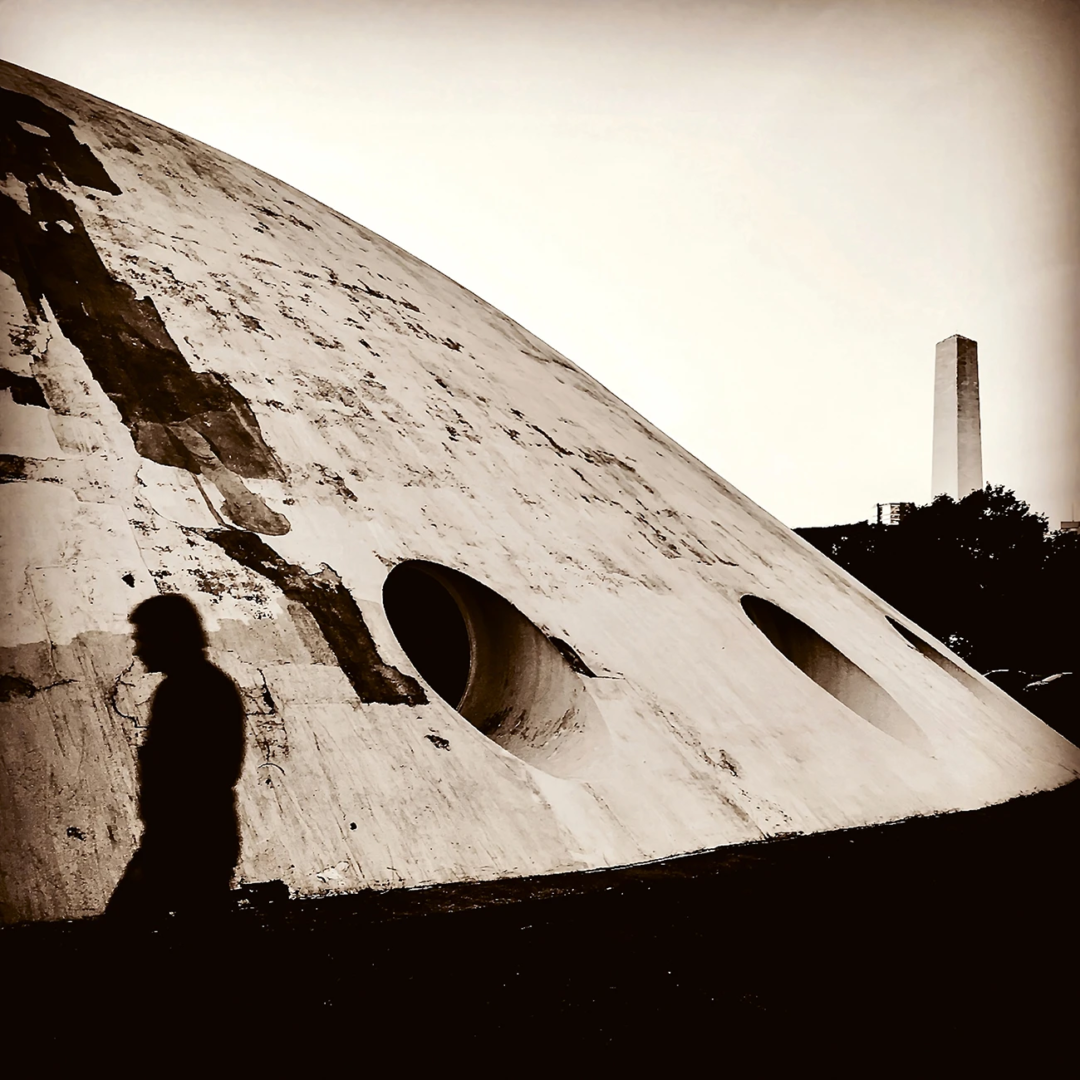
The art of DJing: when the room becomes one with the booth
A great DJ set isn’t about showing off technical skill or playing the rarest tracks—it’s about reading the room and becoming part of it. The best sets happen when there’s alignment: between the DJ, the crowd, the sound system, the architecture. When those things fall into place, the booth disappears and you’re just part of the same wave.
You’re alone up there, yes—but you’re not isolated. There’s an invisible thread connecting you to every person in the room. The mix becomes a dialogue. You can feel it when it’s right: a shared pulse, a moment that couldn’t happen anywhere else.
Minimal Nation and the power of restraint in music production
One of my lasting references is Minimal Nation by Robert Hood. It’s a masterclass in restraint. No frills, no filler, just essential elements. It proves that you don’t need to overcomplicate to say something meaningful. Sometimes, the most powerful messages are the most reduced.
This approach isn’t about being cold or distant—it’s about precision. Every sound is intentional. Every drop of silence is loaded. In a time where music is often cluttered with effects, loops, and unnecessary peaks, minimalism offers clarity. It demands more from the listener—and more from the artist.
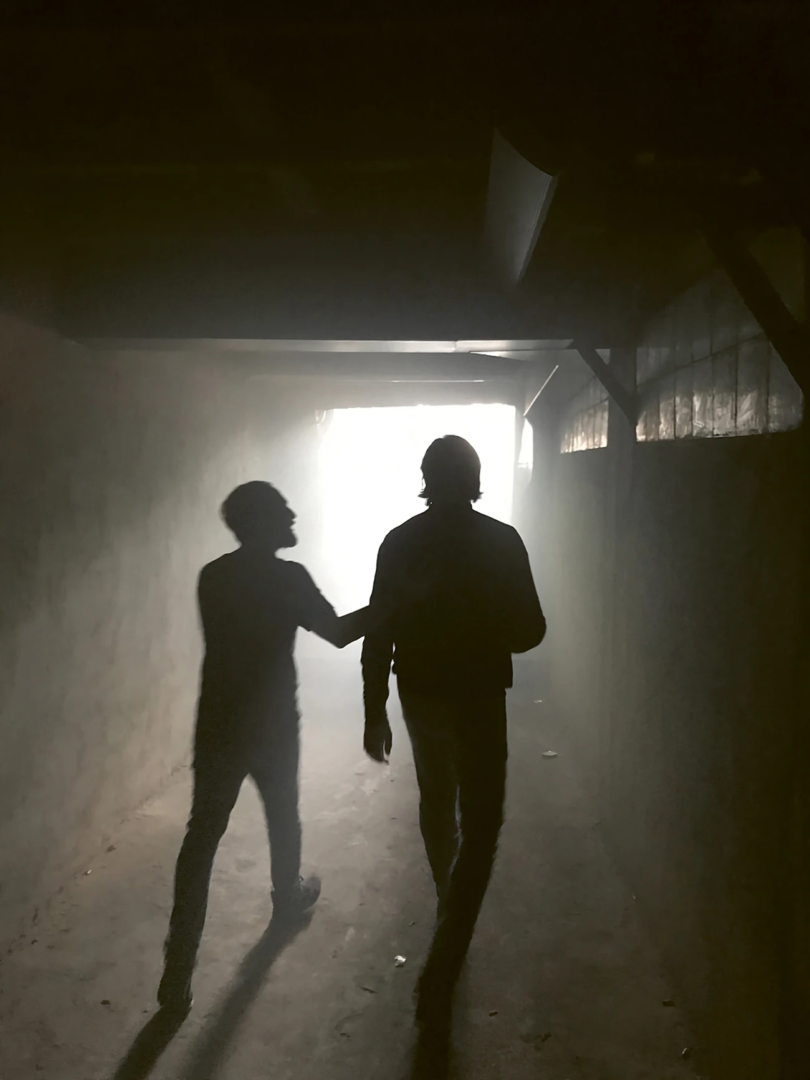
Context is everything: why the right set needs the right space and time
The importance of timing and spatial context in performance can’t be overstated. A brilliant set played at the wrong time, in the wrong space, just doesn’t land. Music isn’t made in a vacuum. It reacts to its context—just like people do. When you hit the sweet spot—when the hour, the architecture, the energy, the people all align—something clicks. It becomes more than entertainment. It becomes a form of collective presence.
You learn a lot more from what doesn’t work than from what does. Bad nights teach you how to adapt, how to let go of ego, how to build from scratch. Some of the most unforgettable parties I’ve played happened in places that weren’t supposed to host anything—abandoned warehouses, backrooms, outdoor zones with jury-rigged sound systems. The imperfections made them electric.
Legacy in electronic music: why the present moment is all that counts
Legacy is often misunderstood. It’s not about being remembered—it’s about being real now. If your focus is on how you’ll be seen in the future, you’re not present. And if you’re not present, you’re not creating anything worth remembering.
All that matters is what happens in this moment. What you choose to do with it. The set you play tonight. The decision you make in the studio. The refusal to compromise. Legacy is a consequence, not a goal.


